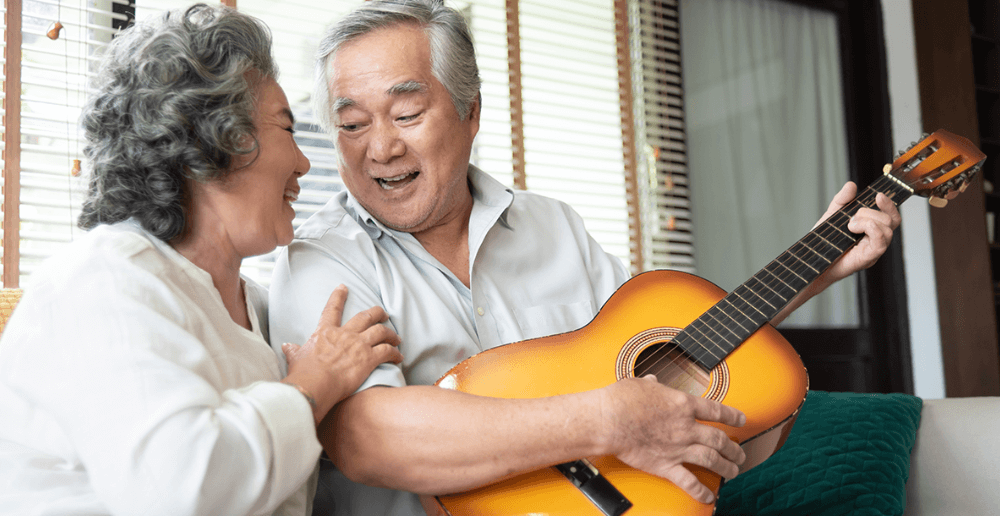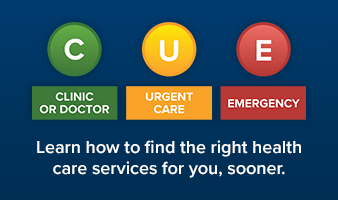Pain management
There is more to it than medication

By Tamara Wells
Winnipeg Regional Health Authority
Published Friday, May 24, 2019
As a nurse, I have come across many patients over the years who believe pain is a “normal” part of growing older. But that belief doesn’t make it so.
While it is true that older adults may be more likely to experience pain as a result of chronic conditions or the wear and tear that comes with living a full life, it is wrong to say that “it comes with the territory.”
In fact, a 2013 Health Canada census survey noted that only 22 per cent of people over the age of 65 report moderate to severe pain that limits activity. Moreover, the notion that pain can only be managed by medication is also a myth.
Pain is a complex relationship of inputs and outputs based on one’s life experience, past coping strategies and ability to have a sense of control over our situations. American psychologist Abraham Maslow once said, “I suppose it is tempting, if the only tool you have is a hammer, to treat everything as if it were a nail.” All too often, an overreliance on pain medication falls into that category.
The truth is that the effective management of pain in the elderly requires a more holistic approach, one that involves careful assessment, intervention and analysis that considers stage of life, past experiences, and the present situation. And while medications certainly have their place, there are a host of other tools that people can put into their toolbox.
In fact, studies show that complementary pain management therapies – those used in addition to traditional medicine – promote greater self-reliance and self-control for pain management leading to a higher rate of success for managing pain.
Cognitive behavioural therapy (CBT) is a case in point. According to the Centre for Addiction and Mental Health, this short-term form of psychotherapy helps clients learn to identify, question and change the thoughts, attitudes and beliefs related to the emotional and behavioural reactions that cause them difficulty. It has proven effective for older adults with lower back and other forms of chronic pain.
CBT is also effective in managing mood, anxiety and depression. Depression, especially, has been linked to pain, often in a which-came-first, chicken-or-the-egg manner. We know that the four neurotransmitters involved in depression have an impact on the presentation of pain. These include serotonin, norepinephrine, corticotrophin (a peptide hormone involved in the stress response) and Substance P, a neuropeptide that acts both as a neurotransmitter and neuromodulator.
Nighttime sleep is another effective therapeutic approach. In what can become a vicious cycle, pain can lead to disturbed sleep, which can then decrease tolerance to pain.
The Canadian Sleep Society notes that while there are some anticipated changes associated with the aging adult and sleep, there remain some practical steps to help promote a good nighttime sleep. Some practical suggestions for improved sleep hygiene in the older adult are:
- Sticking to regular sleep and wake times.
- Monitoring your caffeine and alcohol intake.
- Being active during the day with regular exercise and unplugging from computers and tablets well before your head hits the pillow.
Distraction can also help manage pain. Art and music have proven useful in this regard, helping patients of any age focus on something more pleasant than their pain. Pet therapy is another tool that serves as a distraction in its simplest form, or as part of but a structured program aimed at increasing a sense of well-being.
All of these therapies share a focus on what we call “whole person care” or “whole self-care.” They shift efforts from “done to” approaches, such as the prescription and administration of medication, to collaborative “done with” therapies that involve the patient and their families.
Whole-person care recognizes that the causes and treatment for pain aren’t exclusively limited to the physical, but include attention to spiritual and psychological factors. While there may be limitations to access for some of these strategies, the take home message is the more you can do to help yourself, the more likely you are to better manage your pain.
Contrary to popular opinion, pain does not have to be an accepted part of the aging process. By moving beyond that myth, and by employing complementary strategies and therapies that help the strike a balance and taking control, older adults can help pave the way to a pain-free reality in their golden years.
Tamara Wells is a clinical nurse specialist with the Winnipeg Regional Health Authority’s Palliative Care Program.

